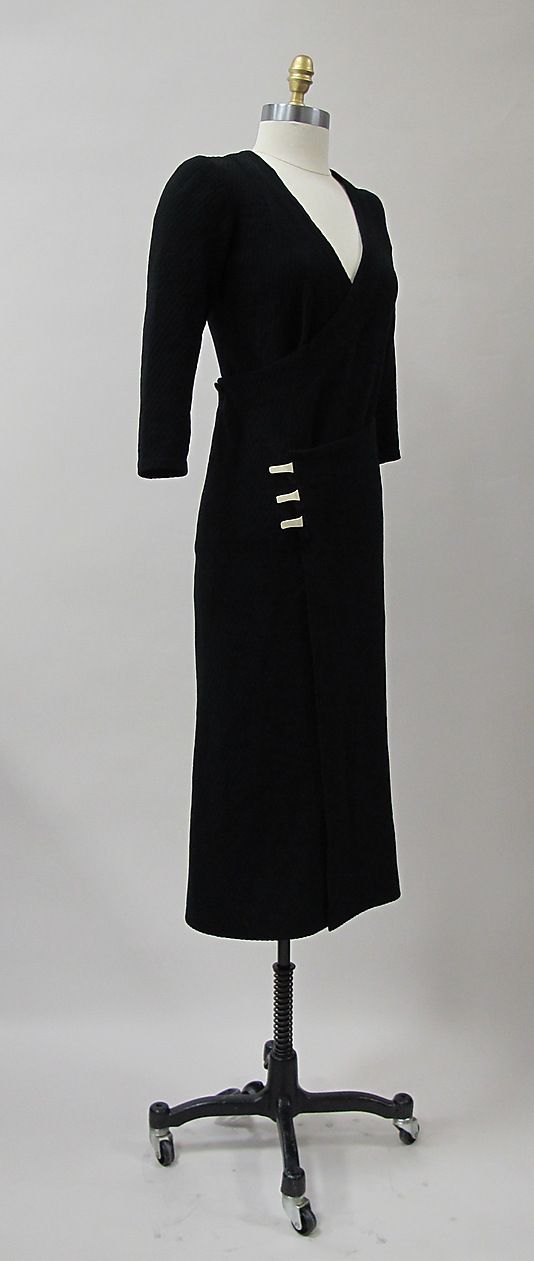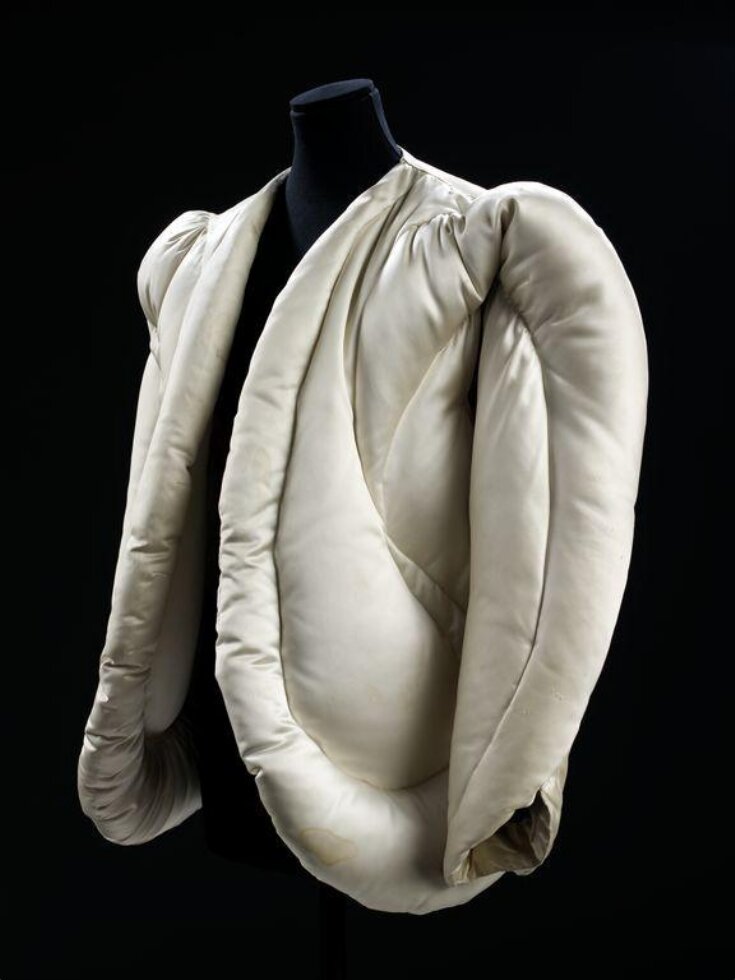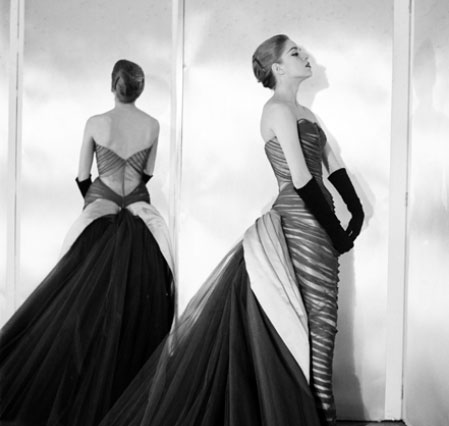Charles James is a controversial couturier who only made 1000 dresses in his fourty-year career. Called by Christian Dior “the greatest talent of his generation”, he did not receive acclaim in his lifetime. He was often late with his clients’ commissions, and it is rumoured he borrowed a dress he made for someone else and lent it to another woman.

In “Phantom Thread”, his relationship with his wife became the inspiration for the relationship between Reynolds Woodcock and his muse, Alma. Brilliant and tormented, he made ball gowns, jackets and coats in sculptural forms. These have gone on to be some of the most iconic ball gowns of all time. If you’ve ever had a wrap dress, a down jacket or a strapless gown, you can thank Charles James for inventing them.
Essentially, Charles James was an artist. He happened to work in fashion as his medium. Trained as a milliner, the folds and pleats of his garments as well as his flower themed gowns are reminiscent of millinery styles. Born in 1906 to an aristocratic English family, he moved to Chicago at 19, where he opened a millinery shop. Just three years later he moved to Long Island and opened another millinery where he began designing dresses.
By 1930 he had invented the spiral zip dress and the taxi dress – so easy to get on you could change in the back of a taxi.

Sartorial Structural Engineer
Charles James called himself a ‘sartorial structural engineer’. This was a brilliant self-description. Sartorial because it related to clothing. Structural because he saw the female form as a structure to which designs could be created to. Engineering because his design related to the body as an engine, with working parts that needed attachments that both constrained and moved with it.
His Pavlovian waistband expanded after a meal. Pavlovian because it relates to ‘classical conditioning’. Classical conditioning is where a biological stimulus (like food) is put with a previously neutral stimulus (like a waistband). I just wish I could find photographs of how it worked. Most probably it was elastic, which hadn’t been used in waistbands before.
The Eiderdown Quilt Coat
This coat is really the first puffa jacket. Designed in 1932, Salvador Dali described it as ‘the first soft sculpture’. It shows how far ahead of his time Charles James really was.

Swan Dress
Charles James’ swan dress has a sculpted bodice that gives way to a bustle folded in the back to resemble wings. The elongated tulle train helps to give the whole silhouette the look of a swan’s feathers.

Four Leaf Clover Dress
The four leaf clover dress is a masterpiece of engineering and design. From above, it resembles a four leaf clover, and its construction means that its folds in exactly the right places.

Butterfly Dress
The Butterfly Dress is another construction masterpiece. The whole sheath dress is a series of chiffon tucks which give the appearance of a cocoon, and a huge tulle fishtail reminiscent of butterfly wings. His millinery background can be seen in the folds and flairs of this garment.

Charles James died penniless at 72 of bronchial pneumonia. He famously kept the ambulance waiting while he ‘freshened up’. He had grown bitter over his lack of financial success and is a reminder that true genius always needs supporting by others to allow it to flourish.
Subscribe to FIB’s Weekly Breaking News Report for your weekly dose of music, fashion and pop culture news!







